Researchers from Nanjing University of Aeronautics and Astronautics review the current developments and future opportunities for the application of vanadium-based oxides in Li- and Na-ion batteries.
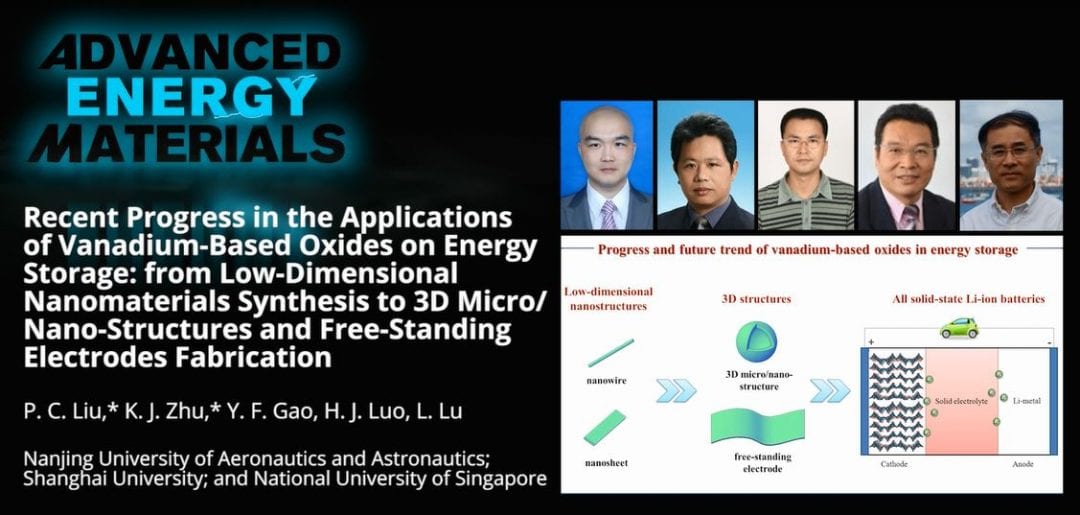

Researchers from Nanjing University of Aeronautics and Astronautics review the current developments and future opportunities for the application of vanadium-based oxides in Li- and Na-ion batteries.
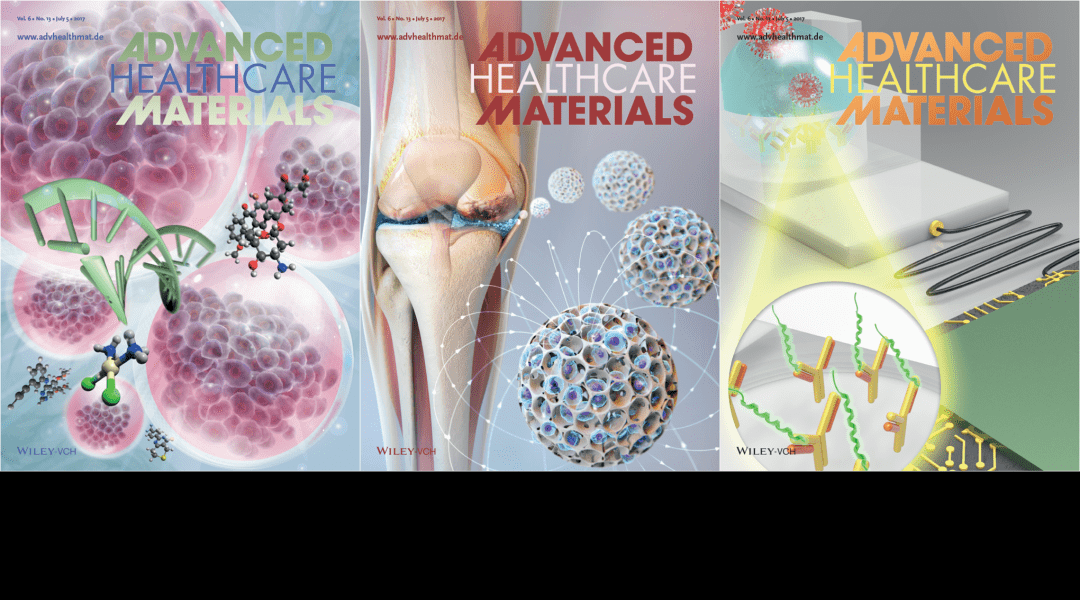
This week’s Advanced Healthcare Materials covers.
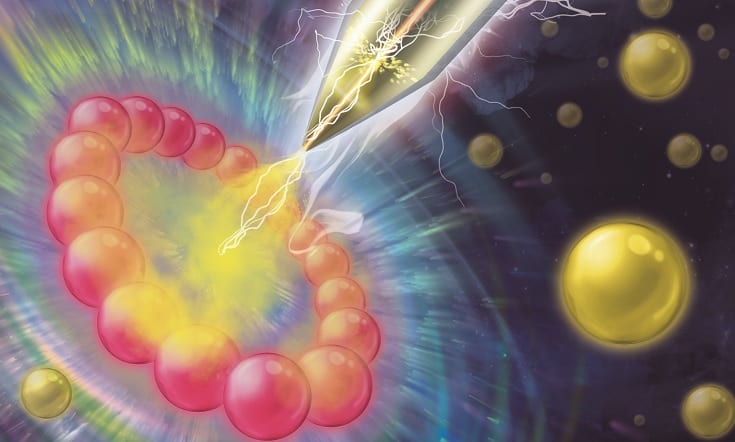
Gold nanoparticle assembly gets a little help from its friends: functionalised gold forms microscale structures via a guided silver aggregation strategy.

Researchers have studied low-dimensional nanoscale ZnO building blocks, such as 1D nanorods, 1D nanowires and 2D nanosheets. Recently it was found that mixing these materials with 3D hierarchical ZnO microstructures revealed special optical, electrical and catalytic properties.
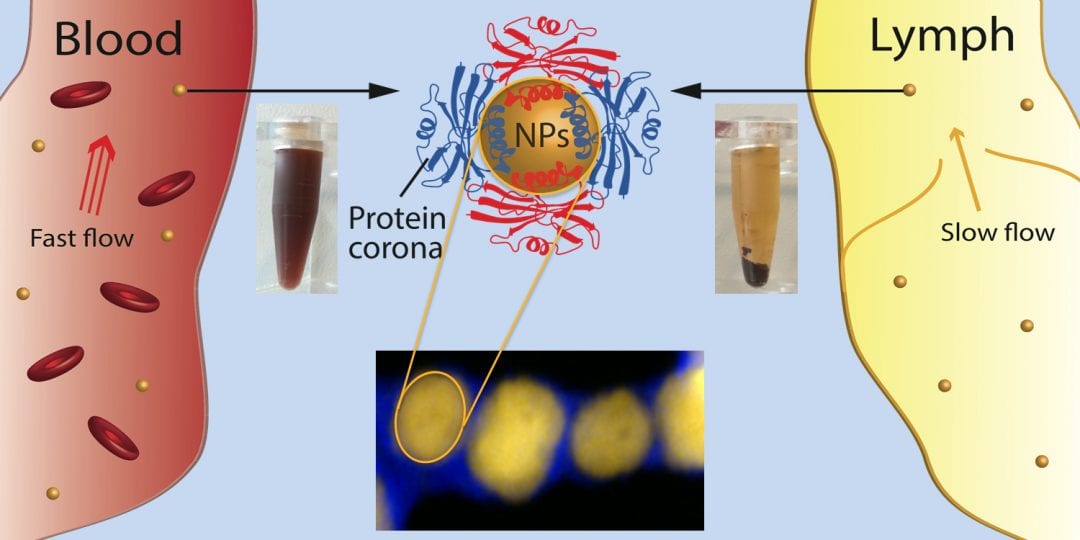
Interactions of nanoparticles with their surroundings, both in vitro and in vivo, are different simply because the environments are different. As such, the first insight towards answering complex questions associated with in vitro-in vivo translation are provided.
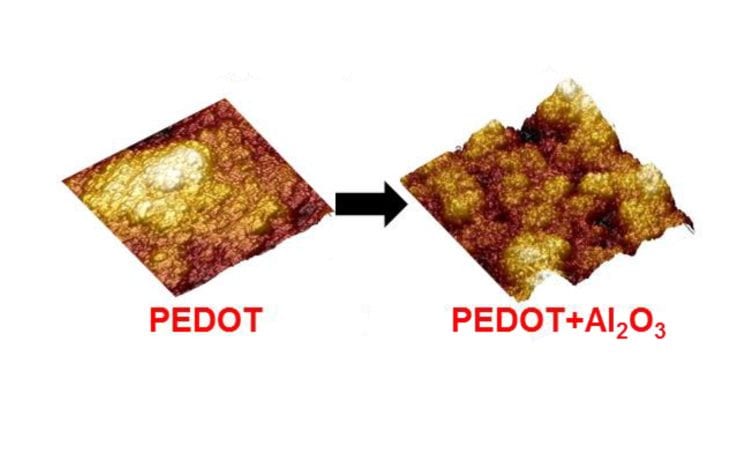
Stable composites with high specific capacitance using a simple in situ anodic polymerization technique are synthesized.

This month’s top Advanced Healthcare Materials papers.

CT imaging enables real-time, non-invasive tracking of therapeutic cells labeled with gold nanoparticles. (Image credit: Africa Studio/Shutterstock)

Malignant brain tumors are heterogeneous and invasive, with high morbidity and mortality rates. The main challenge associated in treating such tumors is the presence of the blood-brain barrier (BBB), which actively filters out molecules entering from the blood stream. (Image credit: Triff/Shutterstock)
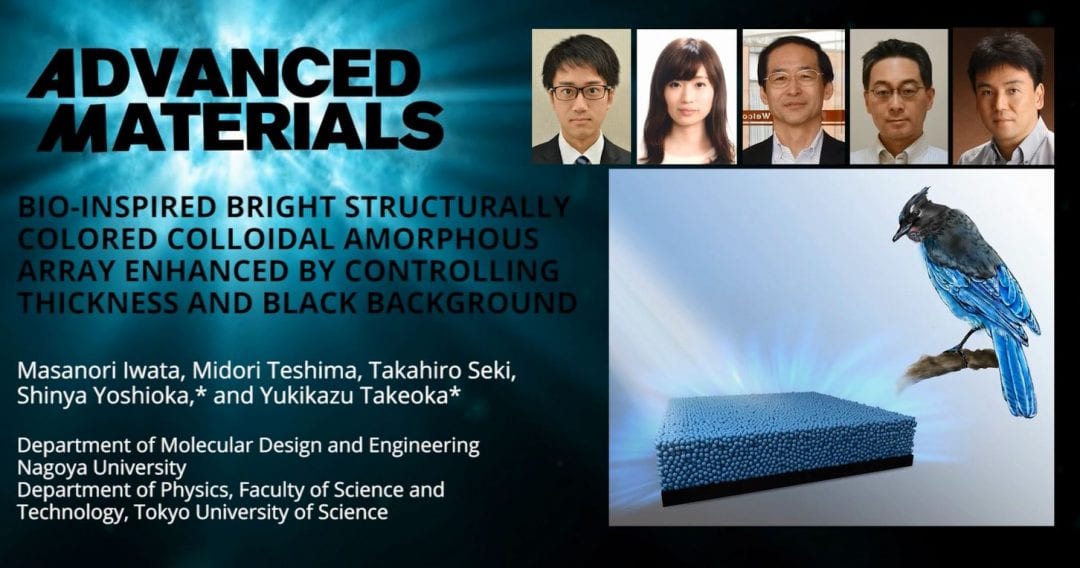
Inspired by Steller’s jay, researchers produce angle-independent, structurally colored materials composed of amorphous arrays of fine spherical silica colloidal particles.